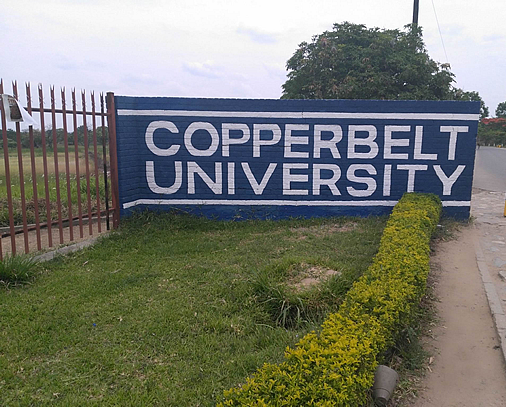
OUR HISTORY
The Copperbelt University was established as a Public University by Act of Parliament No. 19 on 1st December 1987. In 1987 the Government reconstituted the University of Zambia at Ndola into the Copperbelt University (the University of Zambia at Lusaka became The University of Zambia). CBU has 8 faculties (Schools): Business, Built Environment, Engineering, Graduate Studies, Mathematics & Natural Sciences, Medicine, Mines and Mineral Sciences, Natural Resources; one institute and a directorate. In 1989, Zambia Institute of Technology was incorporated into the University as the School of Technology. In 1995, the School of Forestry and Wood Science was established. In 2001, it was renamed the School of Natural Resources. The Directorate of Distance Education and Open Learning was established in 1990 to run short courses, seminars, conferences and distance education. Dag Hammarskjöld Institute for Peace and Conflict Studies, offering graduate studies is the only institute. The University is one of the three Public Universities in Zambia and its programmes attract over 5,000 applications for the 1,200 places available each year. The University has a total student population of 5,155 and staff establishment of 695 of whom 207 are academic staff.
Visit WebsiteBrief description of the institution’s financial situation, including government support/funding, international support/funding, student fees etc.:
Copperbelt University receives an annual grant from the Zambian government which covers more than 75% of its financial obligations. The remaining component is generated internally through student fees and consultancies. It also receives project support such as NUFFIC and HEART projects (Netherlands); CIFOR, USAID, British DelPHE and from other sources. Staff paid at competitive regional rates (excellent retention of staff).